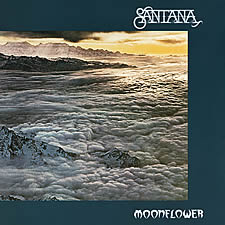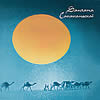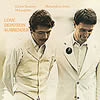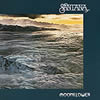|
|

|
SANTANA Moonflower VÖ 20.10.03 |
|

|
|
Santana has exhibited an uncanny ability to recover from the loss of veteran participants and to absorb and profit from new blood all through its history, often following up such situations with highly successful recordings as in the case of 1968/69's metamorphosis from the Santana Blues band to Santana yielding the band's first recording Santana, and a few years later the defection of Greg Rolie and Neil Schon after Caravanserai which eventually give rise to the Carlos' solo project with John McLaughlin , Love, Devotion, & Surrender, and subsequently Santana's Welcome. |
 |
 |
 |
 |
| Overview DVD-Promotion |